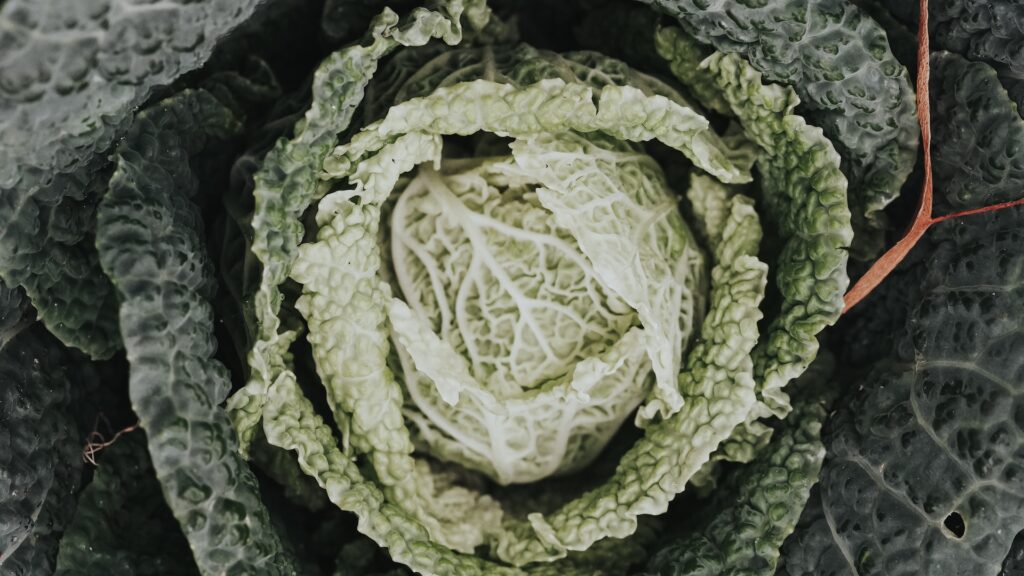Introduction:
Welcome to our comprehensive guide on creating a healthy and sustainable garden. In this blog post, we will provide you with valuable tips, techniques, and practices to help you transform your garden into an eco-friendly haven. Discover how to minimize your environmental impact, conserve water, and promote biodiversity, all while enjoying the beauty and tranquility of your garden.
1. Embrace Sustainable Gardening Practices:
Sustainable gardening involves using organic methods to grow plants, conserve natural resources, and reduce the carbon footprint of your garden. Implement the following practices to create a sustainable garden:
– Composting: Start composting kitchen scraps, yard waste, and leaves to enrich your soil. Compost is a natural fertilizer and helps retain moisture in the soil, reducing the need for synthetic fertilizers.
– Water Conservation: Install rain barrels to collect rainwater and use it for watering your plants. Additionally, consider installing a drip irrigation system, which delivers water directly to the plant’s roots, minimizing water waste.
– Use Organic Fertilizers and Pest Control: Avoid synthetic fertilizers and pesticides that harm beneficial insects and the environment. Opt for organic alternatives like compost tea, neem oil, or homemade insecticidal soap to nourish your plants and control pests.
2. Promote Biodiversity:
Creating a diverse ecosystem in your garden is essential for its health and sustainability. Promote biodiversity by:
– Planting Native Species: Choose plants that are native to your region as they are well-adapted to the local climate and require less maintenance, reducing the use of water and fertilizers.
– Attracting Pollinators: Bees, butterflies, and other pollinators are vital for plant reproduction. Encourage their presence by planting nectar-rich flowers like lavender, sunflowers, and coneflowers.
– Creating Habitat: Incorporate birdfeeders, bird baths, and nesting boxes to attract birds. Provide shelter for beneficial insects by leaving some areas of your garden untended, with fallen leaves and logs.
3. Implement Eco-friendly Garden Design:
Designing your garden with sustainability in mind not only enhances its aesthetic appeal but also ensures its long-term health. Consider the following eco-friendly garden design principles:
– Xeriscaping: Use drought-tolerant plants that require minimal watering, reducing water consumption and maintenance efforts.
– Mulching: Apply organic mulch, such as wood chips or shredded leaves, around plants to prevent weed growth, retain moisture in the soil, and reduce the need for watering.
– Planting in Layers: Create a layered garden design by mixing ground covers, shrubs, and taller plants. This provides shade, conserves water, and creates different microclimates for various plant species.
Conclusion:
By following the sustainable gardening practices outlined in this guide, you can create a beautiful, eco-friendly garden that promotes biodiversity and reduces your environmental impact. Remember to compost, conserve water, use organic fertilizers and pest control methods, plant native species, and implement eco-friendly garden design principles. Let’s all contribute to a greener future, one garden at a time.

